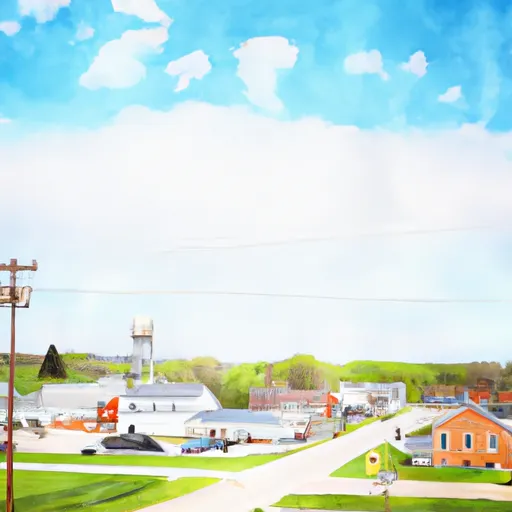°F
°F
mph
Windspeed
%
Humidity











Earl is a small village located in northwestern Wisconsin, characterized by a humid continental climate with cold winters and mild summers. Precipitation is abundant throughout the year, with an annual average of 34 inches. The area is also known for its abundant water resources, including several lakes and wetlands, as well as the Hay River, which flows through the village. The river is home to several fish species, including trout and smallmouth bass, making it a popular spot for fishing. Outdoor enthusiasts can also enjoy activities such as hiking, camping, and bird watching in the nearby Crex Meadows Wildlife Area, which spans over 30,000 acres of wetlands and grasslands.
Weather Forecast
Earl receives approximately 807mm of rain per year, with humidity levels near 84% and air temperatures averaging around 6°C. Earl has a plant hardyness factor of 3, meaning plants and agriculture in this region thrive during a short period during spring and early summer. Most plants will die off during the colder winter months.
Regional Streamflow Levels
577
Cubic Feet Per Second
2
Cubic Feet Per Second
14
Cubic Feet Per Second
64
Cubic Feet Per Second
Nearby Camping
| Camping Area | Reservations | Toilets | Showers |
|---|---|---|---|
| Bear Creek - Mississippi River | |||
| Shimek State Forest | |||
| Frank Russell | |||
| Chamois Access - MDC | |||
| Ray Behrens | |||
| Mississippi Riverfront RV Park |



